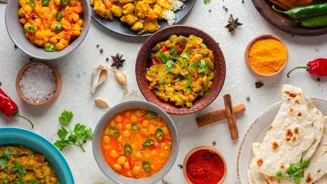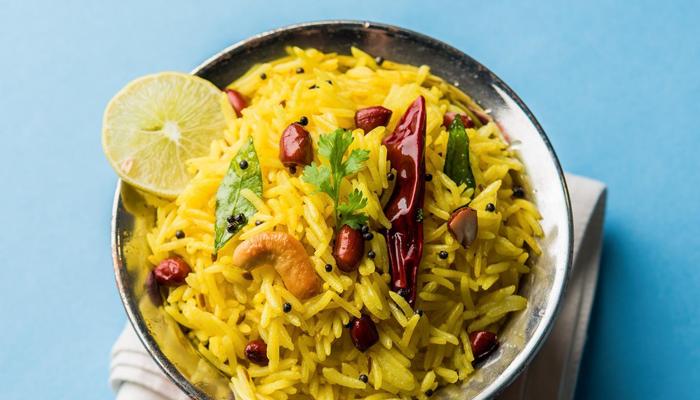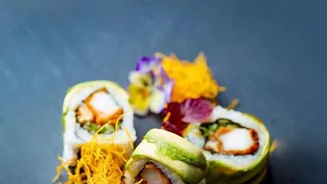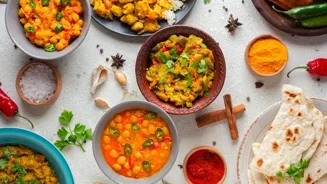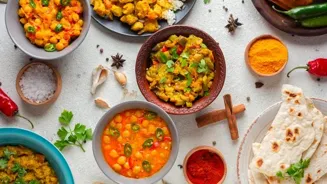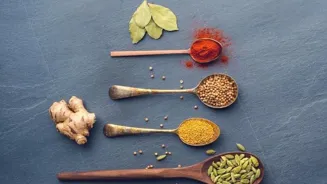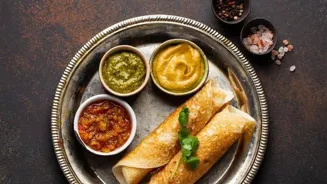Unveiling the History of Indian Cooking - Dive into the evolution of flavors, techniques, and culinary tales. Read more to savor the journey
Namaste, food lovers! India, a land of vibrant colours, diverse
cultures, and a history spanning millennia, also boasts a culinary heritage as rich and complex as its societal tapestry.
Indian cooking isn't just about recipes; it is a story etched in spices, techniques passed down through generations, and influences absorbed from across the globe. Let us journey through time and understand how Indian cooking has transformed into what we savour today.
Early Indians in the Indus Valley excelled in farming and cooking, using local ingredients
Our story begins in the Indus Valley Civilization (3300-1700 BCE). Archaeological evidence suggests these early Indians were skilled farmers. They grew barley, wheat, legumes, and fruits. Cooking was primarily based around using earthen ovens (tandoors), similar to what we see today.
They mastered the art of baking flatbreads and roasting grains. Fermentation was also used, possibly to make early forms of yogurt and other probiotics. Spices, though not as complexly used as later on, were likely used for flavoring and preservation.
The emphasis was on simplicity and utilizing locally available ingredients to make nourishing meals. Culinary skills were passed down through families, and regional specialities slowly started taking shape, though detailed recipes were not recorded.
The Vedic period established vegetarian cuisine with sacred rituals and simple cooking methods, shaping future dishes
The Vedic period (1500-500 BCE) saw the development of vegetarian cuisine, rooted in religious beliefs and the concept of Ahimsa (non-violence). Ghee (clarified butter) gained prominence, not just as a cooking medium but also for its ritualistic significance.
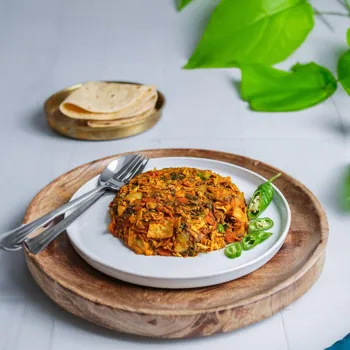
Milk and milk products became essential to the diet. Simple cooking methods remained prevalent with grilling and boiling being prevalent. Rice cultivation spread across the subcontinent, forming the basis of numerous dishes.
The concept of offering food to deities before consumption became entrenched, suggesting food was treated with respect and was sacred. This era established foundational cooking elements that would later become building blocks for more elaborate dishes.
Mauryan Empire enhanced agriculture, trade, and culinary exchange, shaping future Indian cuisine
The Mauryan Empire (322-185 BCE) brought about more structured agriculture and trade routes, enabling the exchange of food ingredients across regions. This exchange led to experimentation and blending of techniques.
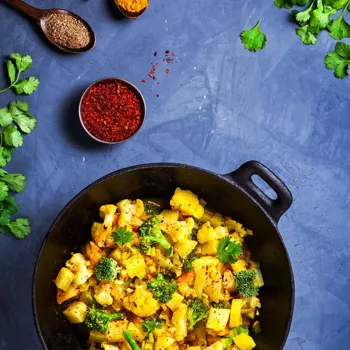
While vegetarianism remained influential, the royal kitchens probably incorporated a wider range of ingredients. The use of clay pots for simmering and stews became common. Travel accounts from Greek ambassadors who visited the Mauryan court give insights into their diet.
These early interactions with foreign cultures would steadily affect the future of Indian cuisine. Techniques were evolving beyond basic sustenance towards a greater recognition of flavor complexity.
The Gupta period: Golden Age of India, advancements in science, art, literature, and refined cooking
The Gupta period (320-550 CE) is often called the "Golden Age" of India. This era saw advancements in science, art, and literature, and cooking was significantly refined. Detailed texts on Ayurveda emphasized the importance of diet in achieving overall wellness.
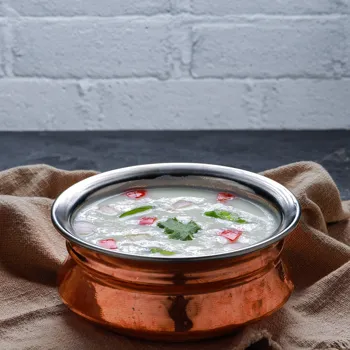
The concept of balancing different tastes (sweet, sour, salty, bitter, pungent, astringent) in a single dish gained momentum. This holistic approach to food, considering its impact on health, was a marked development.
Elaborate vegetarian dishes emerged, using various lentils, vegetables, and spices in sophisticated ways. The foundations for regional cuisines strengthened as different areas started utilizing their distinct local produce.
Mughal Empire influenced Indian cuisine with rich flavors and techniques
The Mughal Empire (1526-1857 CE) had a immense impact on Indian cooking. Recipes from Central Asia and Persia were introduced, enriching the culinary landscape. Dishes like biryani, kebabs, and rich curries became staples in royal kitchens and gradually spread throughout the country.
The Mughals favoured fragrant spices like saffron, cardamom, and cumin, enhancing the aromatic dimension of Indian dishes. Cooking techniques such as slow cooking (dum pukht) were introduced to retain moisture and enhance flavors.
Mughal cuisine was known for its elaborate presentation and use of expensive ingredients, creating a style of cooking synonymous with luxury.
European arrival transformed Indian cuisine; colonial influences led to a dynamic food culture
The arrival of Europeans, especially the Portuguese and British, brought further transformations. The Portuguese introduced ingredients like potatoes, tomatoes, chillies, and pineapples to India, which were rapidly integrated into regional cooking.
The British rule led to exposure to European baking and cooking techniques, influencing the development of Anglo-Indian food. Tea became a ubiquitous beverage, changing the social habits and culinary practices across India.
While some colonial influences were unwelcome, the adaptation of non-native ingredients proved to be transformative. The combination of centuries of tradition with globalization and adaptation resulted in the dynamic and ever-evolving food culture which we witness in India even today.
AI Generated Content. Glance/InMobi shall have no liability for the content